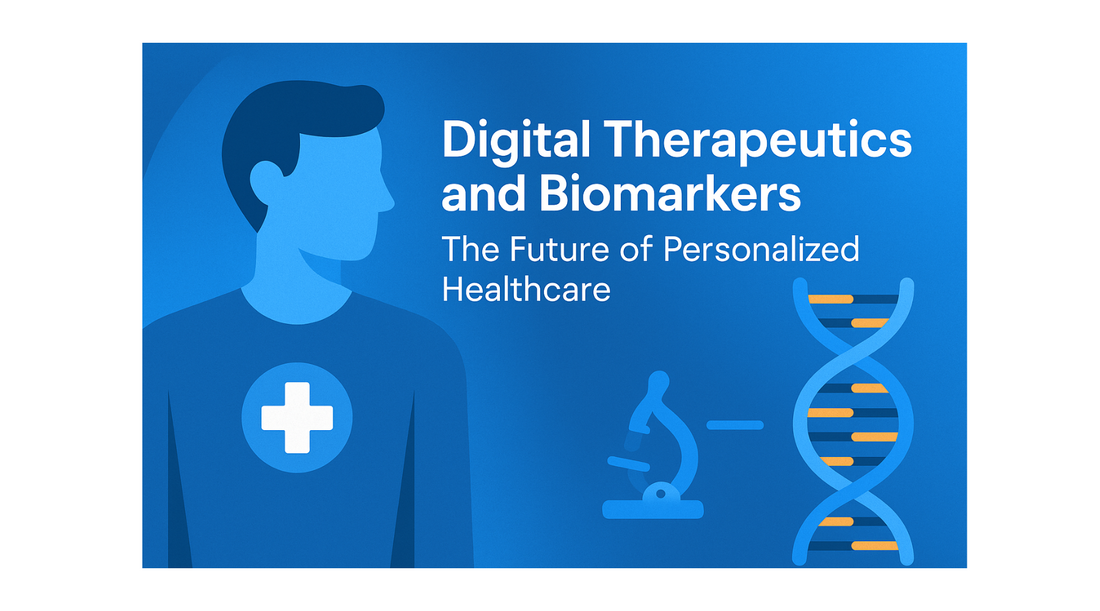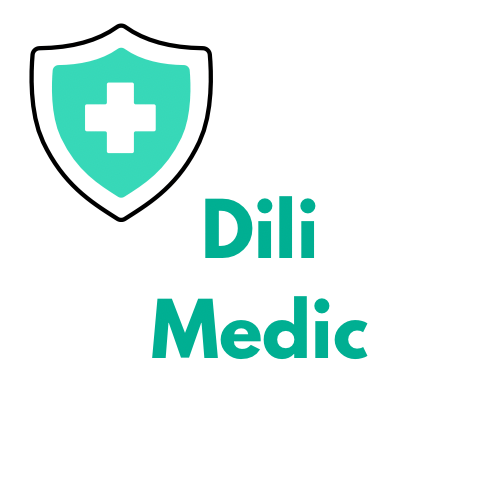
Digital Therapeutics and Biomarkers: The Future of Personalized Healthcare
Share

Advancing Personalized Wellness Through Data and Digital Care
Digital therapeutics (DTx) and digital biomarkers are redefining how treatments are delivered and tracked. Clinicians and individuals alike benefit from software-based therapy guided by continuous physiological feedback, enabling more responsive, personalized care aligned with modern health goals.
Key Takeaways
| Digital therapeutics are clinically validated, software-driven treatments for conditions like diabetes, mental health, and neurological disorders. |
| Digital biomarkers provide continuous, real-world health insights via wearables, smartphones, and sensors. |
| Adoption is supported by regulatory frameworks (e.g., FDA, EMA, DiGA) and outcome-based reimbursement models. |
| Combining DTx and biomarkers enables personalized, adaptive care backed by clinical evidence. |
|
Real-time biomarker feedback enhances early detection, progress monitoring, and adaptive therapy. |
Digital Therapeutics: Evidence-Based Software for Health
Digital therapeutics deliver structured, measurable interventions via digital platforms. Approved examples include behavioral therapy for anxiety, CBT for insomnia, and mobile interventions for diabetes, each backed by randomized controlled trials and regulatory oversight, distinguishing them from general health apps. Digital Biomarkers

Digital Biomarkers: Continuous Indicators for Health Monitoring
Digital biomarkers represent physiological or behavioral signals such as heart rate variability, gait, speech patterns, and glucose levels. They are captured via wearables and smartphones. They offer continuous, non-invasive data collection. Their real-world utility is documented across neurology, cardiovascular health, and metabolic management. PMC review on digital biomarkers.

Applied Synergy: How Therapeutics and Biomarkers Work Together
Digital therapeutics adapt in real time based on biomarker feedback. For neurology, biomarkers detecting movement or speech patterns guide cognitive or motor interventions. In metabolic care, glucose trends inform behavioral nudges. RADAR-base, a remote monitoring platform, demonstrates effectiveness across MS, depression, ADHD, Alzheimer’s, and more.

Clinical Evidence and Regulatory Pathways
Globally, more than 60 digital therapeutics have received approval through regulatory frameworks such as Germany’s DiGA and Belgium’s mHealth program. In Germany alone, the DiGA directory listed 53 reimbursable applications by early 2024, with approximately 374,000 prescriptions issued since the initiative's launch in 2020. To enhance trust and adoption, providers operating within these systems are now required to meet advanced cybersecurity and data protection standards set by national health authorities. BfArM’s DiGA guide
Measurable Outcomes and Care Benefits
Remote monitoring via biomarkers supports early detection of health events, enabling timely intervention. Clinical outcomes display symptom improvement, better adherence, and enhanced quality of life. The digital therapeutics market is projected to exceed $56 B by 2034, and the biomarker market is booming. Parexel Neuroscience Review
Implementation Considerations
- Engagement: Continued user interaction shows treatment success.
- Data privacy: Platforms must adhere to GDPR/HIPAA, with secure encryption and consent frameworks.
- Reimbursement: Germany’s DiGA scheme pioneers outcomes-based coverage.
- Interoperability: EHR integration supports provider adoption
Forward Trends and Research
Innovation in digital health is expanding rapidly, with emerging focus areas that include voice and gait analysis for early detection in neurological conditions, as well as molecular digital biomarkers delivered through advanced biosensors.
Wearable technologies are increasingly capable of capturing biochemical and behavioral data simultaneously. Generative AI is being explored for personalized health coaching, for individuals to adapt to real-time feedback. Ongoing research is deepening our understanding of how integrated, multi-modal biomarkers can guide dynamic, individualized therapy pathways across diverse health conditions.
FAQs
-
Q: What defines a digital therapeutic?
A digital therapeutic is a software-based intervention that has been clinically validated and often regulated for the treatment of specific health conditions. -
Q: How are digital biomarkers collected?
They are captured via connected devices such as smartwatches, fitness trackers, smartphones, or home sensors. -
Q: Can digital therapeutics replace medications?
They are often used as a complement or alternative depending on the condition, severity, and individual response. -
Q: Are these tools available by prescription?
Some DTx options require a prescription, especially those covered by health plans or within regulated health systems. -
Q: How is data protected?
These platforms have strict encryption protocols and data privacy frameworks such as HIPAA and GDPR.



